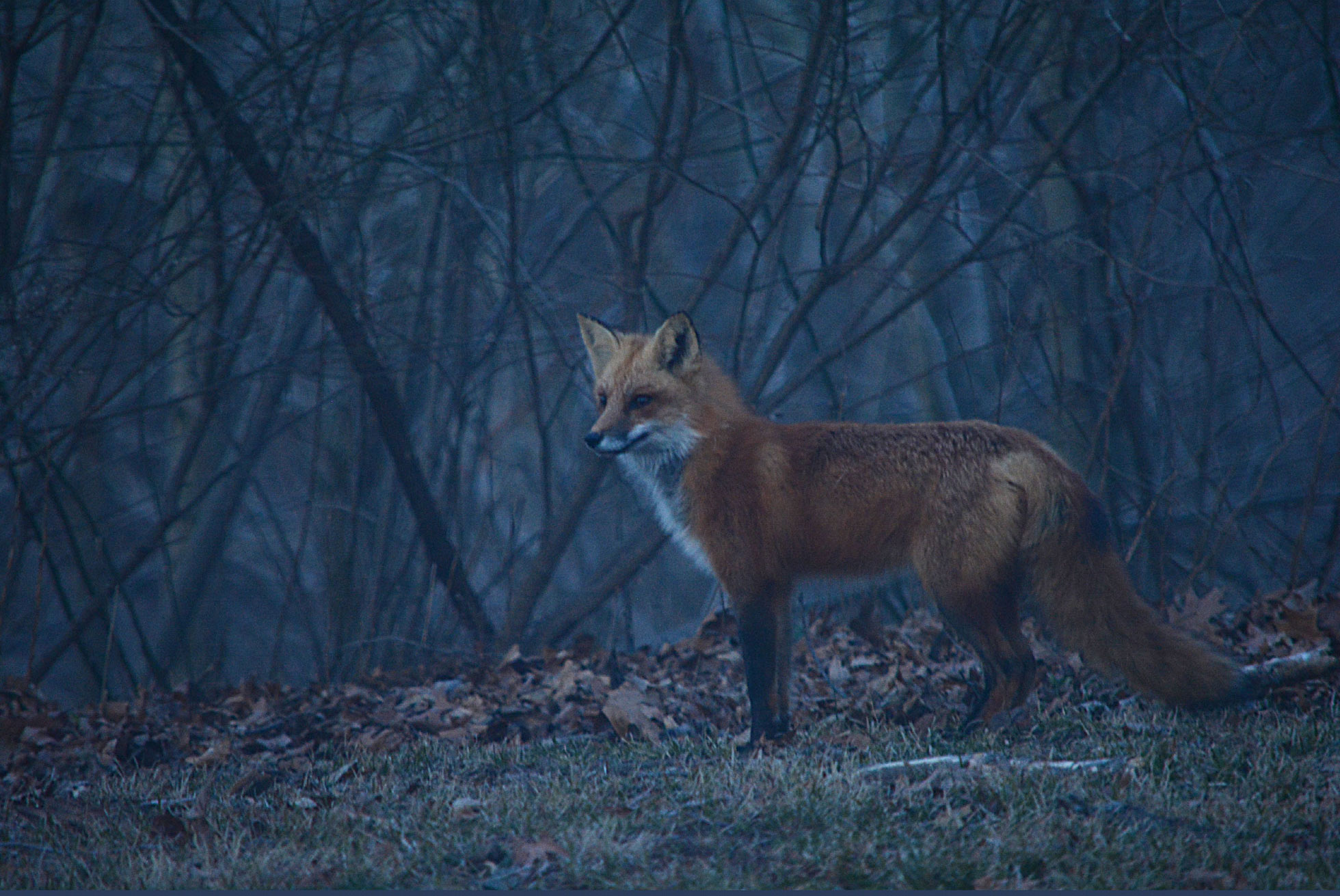|
Euriphellus Euribates
''Euriphellus euribates'' is a species of butterfly in the family Hesperiidae. Description The wingspan is 28–30 mm. The forewings are tawny brown, with three large yellow-orange discal partially translucent macules and two to three translucent subapical macules of the same colour. The hindwings have a small area of shiny scales. Adults are crepuscular In zoology, a crepuscular animal is one that is active primarily during the twilight period, being matutinal, vespertine, or both. This is distinguished from diurnal and nocturnal behavior, where an animal is active during the hours of daylig .... Distribution and habitat ''Euriphellus euribates'' is found from Costa Rica southwards to Bolivia and southern Brazil. References Eudaminae {{Hesperiidae-stub ... [...More Info...] [...Related Items...] OR: [Wikipedia] [Google] [Baidu] |
Caspar Stoll
Caspar Stoll (Hesse-Kassel, probably between 1725 and 1730 – Amsterdam, December 1791) was a naturalist and entomologist, best known for the completion of ''De Uitlandsche Kapellen'', a work on butterflies begun by Pieter Cramer. He also published several works of his own on other insect groups. Stoll's 1787 publication on stick insects, mantises, and their relatives is also well known. It was translated into French in 1813. Life Aside from official records, few biographical details are known. Caspar Stoll was born in Hesse-Kassel but lived most of his life in The Hague and Amsterdam. In the latter, he worked as a functionary (either a clerk or a porter) at the Admiralty of Amsterdam He married his first wife, Maria Sardijn, on 18 January 1761, they married in a church in Scheveningen. Her brother was a tax collector and a notary. Stoll appears to have worked for a notary as well: several times he put his signature as a witness. They had four children baptised in The Hague. Th ... [...More Info...] [...Related Items...] OR: [Wikipedia] [Google] [Baidu] |
Hesperiidae
Skippers are a family of the Lepidoptera (moths and butterflies) named the Hesperiidae. Being diurnal, they are generally called butterflies. They were previously placed in a separate superfamily, Hesperioidea; however, the most recent taxonomy places the family in the superfamily Papilionoidea, the butterflies. They are named for their quick, darting flight habits. Most have their antenna tips modified into narrow, hook-like projections. Moreover, skippers mostly have an absence of wing-coupling structure available in most moths. More than 3500 species of skippers are recognized, and they occur worldwide, but with the greatest diversity in the Neotropical regions of Central and South America.Ackery et al. (1999) Description and systematics Traditionally, the Hesperiidae were placed in a monotypic superfamily Hesperioidea, because they are morphologically distinct from other Rhopalocera (butterflies), which mostly belong to the typical butterfly superfamily Papilionoidea. ... [...More Info...] [...Related Items...] OR: [Wikipedia] [Google] [Baidu] |
Wingspan
The wingspan (or just span) of a bird or an airplane is the distance from one wingtip to the other wingtip. For example, the Boeing 777–200 has a wingspan of , and a wandering albatross (''Diomedea exulans'') caught in 1965 had a wingspan of , the official record for a living bird. The term wingspan, more technically extent, is also used for other winged animals such as pterosaurs, bats, insects, etc., and other aircraft such as ornithopters. In humans, the term wingspan also refers to the arm span, which is distance between the length from one end of an individual's arms (measured at the fingertips) to the other when raised parallel to the ground at shoulder height at a 90º angle. Former professional basketball player Manute Bol stood at and owned one of the largest wingspans at . Wingspan of aircraft The wingspan of an aircraft is always measured in a straight line, from wingtip to wingtip, independently of wing shape or sweep. Implications for aircraft design an ... [...More Info...] [...Related Items...] OR: [Wikipedia] [Google] [Baidu] |
Crepuscular
In zoology, a crepuscular animal is one that is active primarily during the twilight period, being matutinal, vespertine, or both. This is distinguished from diurnal and nocturnal behavior, where an animal is active during the hours of daylight and of darkness, respectively. Some crepuscular animals may also be active by moonlight or during an overcast day. Matutinal animals are active only before sunrise, and vespertine only after sunset. A number of factors impact the time of day an animal is active. Predators hunt when their prey is available, and prey try to avoid the times when their principal predators are at large. The temperature at midday may be too high or at night too low. Some creatures may adjust their activities depending on local competition. Etymology and usage The word ''crepuscular'' derives from the Latin '' crepusculum'' ("twilight"). Its sense accordingly differs from diurnal and nocturnal behavior, which respectively peak during hours of daylight a ... [...More Info...] [...Related Items...] OR: [Wikipedia] [Google] [Baidu] |


